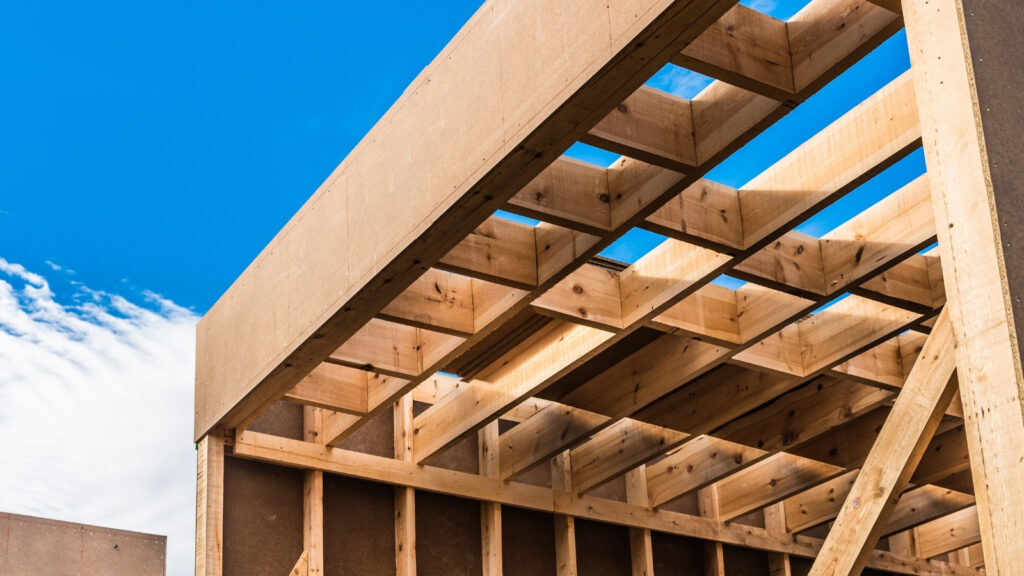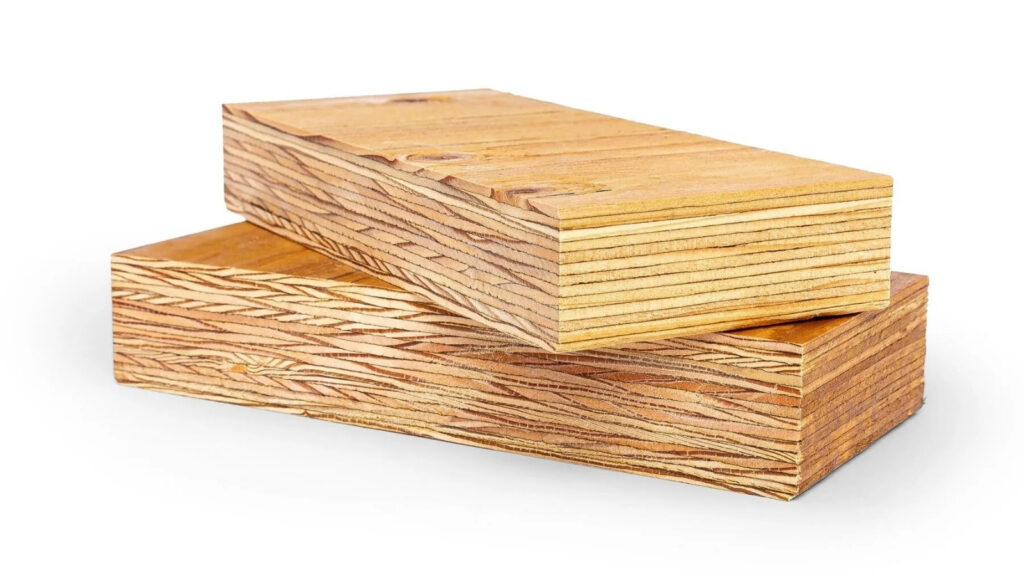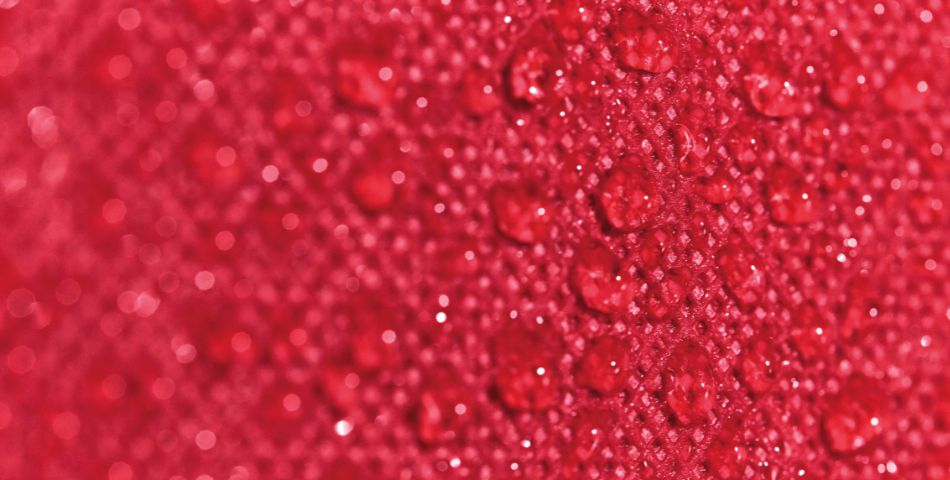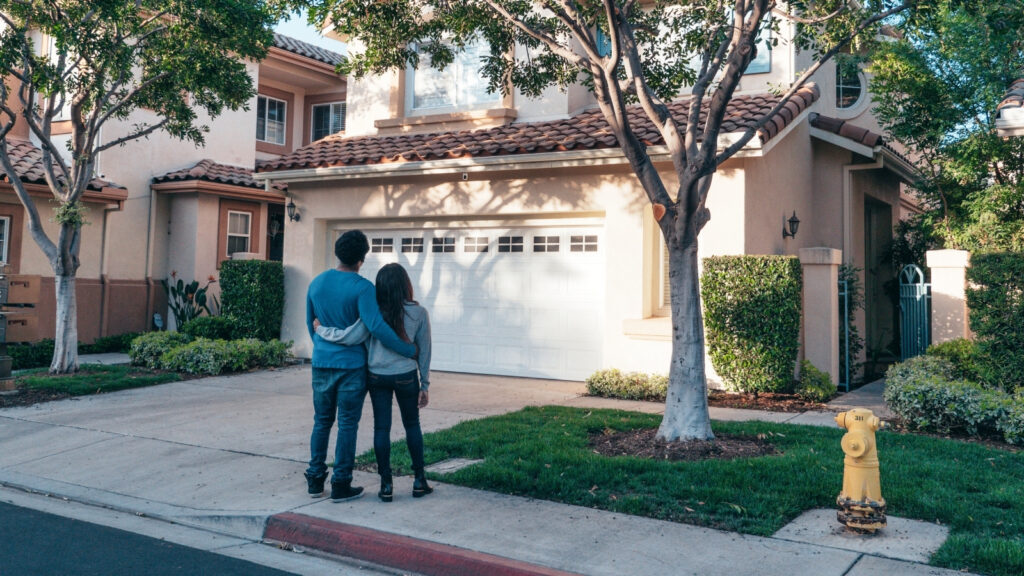
In the world of residential construction, sustainable materials are everywhere. Everything from engineered lumber to 3D-printed concrete products is upending the building products market like never before. While incorporating green materials is trendy, pros know that performance is a key indicator of longevity.
At the same time, environmental challenges are growing at an exponential rate. Clients expect more from their homes than just a roof over their heads. Beyond the typical requests, clients of high-end residential builders frequently ask them to push performance boundaries beyond what legacy materials can withstand.
It’s reasonable to assume that if a new product undergoes testing and meets code, it’s suitable for a particular use. However, codes are developed to meet historical challenges, and the future is uncertain. Simply building to minimum standards won’t continue to be enough. Not everyone is comfortable with compressed straw sheathing or bio-based concrete, especially in areas where seismic or weather activity is unpredictable.
Eco-friendly building materials are only as good as their ability to improve building outcomes.
Beyond sustainable materials, construction techniques are also shifting away from tradition. We’re seeing advanced framing, high R-value exterior continuous insulation, and next-generation building envelopes shift to embrace higher efficiency. New methods and materials are reshaping the construction industry and moving the built environment into the future.
Stick-framed houses are standard in the United States and have been for most of recent history. Framers follow the same essential blueprints that provide structural integrity, but these designs are often heavy on waste and energy loss due to material limitations.
Beyond their structural role, wall assemblies are also responsible for insulation and protection from the elements. By combining new sustainable materials and techniques, future-focused framers are adopting a different approach to their craft. Air-tight building envelopes are also at the top of the punch list for new construction. A seamless air and water barrier is essential for tight construction, and advances in HVAC systems enable greater control over the built environment.
Advanced wall assemblies are at the forefront of the effort to achieve greater efficiency in the building envelope.
In development since the 1960s, advanced framing, also known as optimum value engineering, aims to optimize material usage without compromising performance. The brainchild of a collaboration between the National Association of Home Builders Research Foundation and the U.S. Department of Housing and Urban Development, it’s become a focus for housing engineers and architects in recent years.
Advanced framing allows for less lumber and more space for insulation, thereby increasing the R-value of a wall assembly. Using 2×6 studs, 24” on center, reduces the amount of lumber in contact with sheathing, resulting in less energy loss through thermal bridging. Add in external insulation, whether through mineral wool, insulated OSB, or polyiso, and the R-value goes up even more.

On average, framers see 15% waste due to damaged or unusable lumber. Using manufactured wood products, such as LVL, reduces that number to near zero. Laminated veneer lumber, while typically more expensive, is stronger and more dimensionally stable than traditional lumber. It has an increased load-bearing capacity, resisting warping and decay.
Combining advanced framing with LVL timber maximizes construction efficiency and sustainability.
Moisture is one of the top causes of long-term damage to homes that can go unnoticed for years. A slow leak or bulk water intrusion can cause rot, mold, and water damage to the wall assembly. Protecting the building envelope from water intrusion is a multi-step process, from cladding to sheathing, that benefits from next-generation, sustainable materials.

Weather-resisitive barriers protect against wind-driven rain, moisture infiltration, and vapor buildup in the wall cavity. Products like ProWrap®-SA provide a vapor-permeable membrane with advanced drainability to protect against damage. Easy to install without the use of special tools, the self-adhesive backing self-seals around penetrations and, when combined with FLEX and Butyl flashing tapes, creates a continuous air and water barrier.
Other Grip-Rite offerings include different levels of protection, installation, and applications.
Weather-Resistive Barriers
Flashing/Tapes
Cutting corners on weather-resistive barriers may result in early breakdown and reduced life of wall assemblies and interiors.
Read more about the role WRBs play in sustainable construction.
Innovative materials often receive the most attention, but fasteners play a crucial role in the long-term durability of a project. While not always classified as sustainable, the right mix of material and coatings prevents early failure. Fasteners that perform for the life of a project ensure clients get the most out of their homes.
Coatings are one area of fasteners where innovation has had a significant impact. Typically, fasteners are either uncoated, electrogalvanized, hot galvanized, or coated with polymers and ceramics. Engineers seek new methods to protect fasteners with harder finishes that won’t chip or wear off during transportation and installation.
The Grip-Rite PrimeGuard family of materials and coatings ensures that fasteners last beyond the life of your projects.
Read more about the science behind PrimeGuard coatings.
Settling is a normal process that new buildings undergo over several months to a year. During this time, materials adapt to their new environment, and the result can be cracks, separated baseboards, and leaking pipes.
Even well-built homes shift and move with time. Builders who incorporate adaptable materials see less damage throughout the process. This is especially true around joints where different substrates come together or come into contact with the foundation. Flexible sealants can absorb the changes without cracking, and joint reinforcement can withstand small changes without falling.
Some materials we’ve used for so long that we forget that there are alternatives that outperform the old standbys. A perfect example of this is the use of cement board as an underlayment and tile backer board. Most boards on the market incorporate cement or foam and fiberglass mesh to create a resilient surface with varying degrees of strength.
Portland cement is one of the leading sources of pollution in the construction industry. Installers must use PPE to protect themselves from quartz silica, and fiberglass can irritate the skin and eyes if exposed. Additionally, water, fire, and pests can all find their way through traditional cement board, causing damage.
Enter magnesium oxysulfate cement boards, such as Grip-Rite MORE™. Introduced in 2025 as an alternative to traditional products, MORE incorporates sustainable materials and is designed to be future-focused and environmentally friendly. In fact, unlike portland cement, MgO board absorbs carbon dioxide during the manufacturing process. It’s pest- and fireproof, water-resistant, and can withstand prolonged submersion without developing mold or mildew.
Other MgO board products on the market make this versatile formula an ideal alternative material that won’t degrade in the presence of moisture. Magnesium oxysulfate is used in various applications, such as:
Read more about Grip-Rite® MORE™.

Building for the future requires shifting expectations about how you’ve always done things. Incorporating new materials and processes can lead to projects with greater longevity and improved outcomes.
To future-proof your next build, prioritize solutions that increase strength, lifespan, and consistency. They may increase the initial cost of your project, but the resulting savings on repairs and replacement make all the difference.
Find out Where to Buy Grip-Rite building solutions near you.